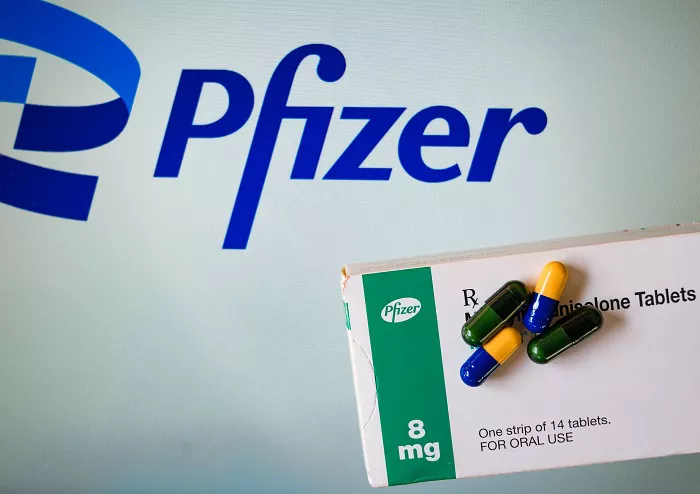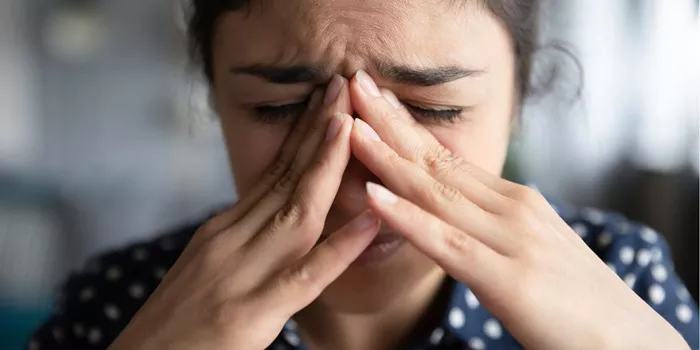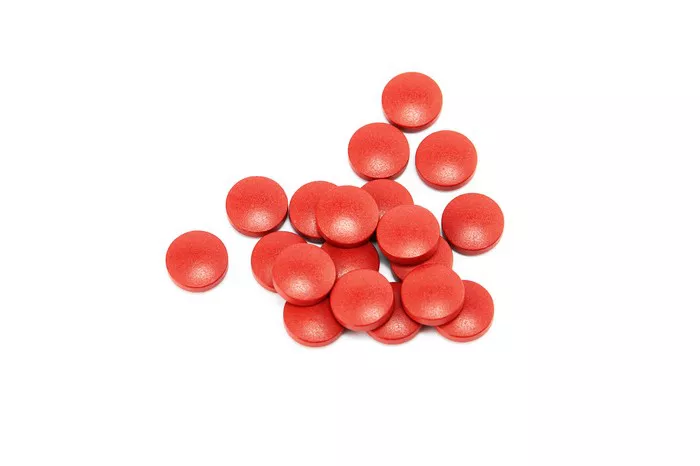Bipolar disorder is a complex and often misunderstood mental health condition. It doesn’t just involve mood swings—it encompasses dramatic shifts in energy, activity, behavior, and the ability to carry out daily tasks. People with bipolar disorder experience episodes of high energy and elation, known as mania or hypomania, and periods of deep depression. But not all bipolar disorders are the same. Two major types—bipolar 1 and bipolar 2—share similarities, yet differ in critical ways that affect diagnosis, treatment, and quality of life.
Understanding the distinction between bipolar 1 and bipolar 2 is not just important for mental health professionals—it’s essential for patients and their loved ones. Misdiagnosis is common, and treatment plans that work for one type may be ineffective—or even harmful—for the other. Despite their similar names, these conditions involve different patterns of mood episodes, risks, and functional impacts.
In this article, we’ll explore what sets bipolar 1 apart from bipolar 2. We’ll look at their symptoms, causes, diagnostic criteria, and the everyday reality of living with each condition. Whether you’re trying to understand your own diagnosis or support someone else, this guide will help you grasp the vital differences and find a clearer path toward management and recovery.
What Is Bipolar Disorder?
Bipolar disorder, formerly called manic-depressive illness, is a chronic mental health condition characterized by extreme shifts in mood, energy, and activity levels. These mood episodes are divided into two main types: depressive episodes and manic or hypomanic episodes.
A depressive episode includes symptoms like deep sadness, hopelessness, fatigue, lack of interest in daily activities, sleep disturbances, and thoughts of death or suicide. A manic or hypomanic episode includes increased energy, racing thoughts, rapid speech, decreased need for sleep, impulsive behavior, and feelings of euphoria or irritability.
The key difference between bipolar 1 and bipolar 2 lies in the intensity and duration of these mood episodes, especially the highs. Both types are serious and can disrupt a person’s life, relationships, and work. But the way these disruptions occur—and the level of risk involved—varies significantly between the two diagnoses.
Defining Bipolar 1: The Full-Blown Mania
Bipolar 1 disorder is defined by the presence of at least one manic episode that lasts at least seven days or is so severe that it requires hospitalization. A manic episode may be preceded or followed by depressive episodes, but depression is not required for diagnosis. What sets bipolar 1 apart is the intensity of the mania.
During mania, a person may feel invincible. They might go days without sleeping, speak so fast that others can’t follow, and jump from one topic or activity to another with electrifying speed. Their confidence may skyrocket to the point of delusion. They might spend recklessly, engage in risky sexual behavior, or believe they have a special mission or divine purpose.
Mania can quickly spiral out of control, leading to psychosis, hospitalization, or dangerous consequences. Some people in manic states believe they don’t need help. They may resist treatment or deny that anything is wrong, making early intervention difficult. For families, witnessing a loved one in the grips of mania can be terrifying and confusing.
Though less talked about, the depressive episodes in bipolar 1 can be equally devastating. They often last longer than the manic phases and are marked by overwhelming fatigue, despair, and hopelessness. This pattern of severe highs and crushing lows makes bipolar 1 particularly volatile and difficult to manage without professional treatment.
Understanding Bipolar 2: The Subtle but Deep Struggle
Bipolar 2 disorder is characterized by a different pattern: hypomania and major depressive episodes. Hypomania is a milder form of mania. It can look like a burst of creativity, high energy, or increased productivity. Unlike full-blown mania, hypomania doesn’t cause psychosis, and people usually don’t require hospitalization. However, it is still a serious condition that affects judgment and behavior.
What makes bipolar 2 particularly painful is that the depressive episodes tend to be more frequent and longer than in bipolar 1. People with bipolar 2 often spend more time in depression than in hypomania. These lows are not just sadness—they can involve feelings of worthlessness, loss of interest in life, intense fatigue, and suicidal thoughts.
Because hypomania may feel enjoyable or even helpful—making people feel energetic, focused, and confident—it often goes unnoticed or is mistaken for normal personality traits. As a result, bipolar 2 is frequently misdiagnosed as unipolar depression. Many people live with this condition for years without understanding the real cause of their mood instability.
Bipolar 2 might not involve the dramatic highs of bipolar 1, but its frequent, crushing depressions can have a profound impact on personal and professional life. Relationships suffer. Careers are interrupted. The emotional toll is heavy and persistent, often leading to frustration, mislabeling, and inappropriate treatment.
Mania vs. Hypomania: Spotting the Difference
The main distinction between bipolar 1 and bipolar 2 lies in the type of elevated mood episodes: mania in bipolar 1 and hypomania in bipolar 2. Both involve elevated mood, increased activity, and heightened energy, but the intensity, duration, and consequences differ significantly.
Mania often involves delusions, hallucinations, or a complete break from reality. It can include grandiose ideas, aggressive behavior, and severely impaired decision-making. These symptoms are dangerous not just emotionally, but physically and legally.
Hypomania, on the other hand, tends to be less disruptive. A person might seem unusually cheerful, ambitious, or driven. They might take on new projects, socialize more, or work longer hours. But beneath the surface, judgment is often impaired. Risky behavior may still occur, and after the episode passes, the person may face consequences they didn’t anticipate.
While hypomania may seem less concerning, its subtle nature can make bipolar 2 harder to detect and treat. The periods of elevated mood might even be seen as positive by the individual, making them reluctant to seek help.
Depression in Bipolar 1 and Bipolar 2
Depression is a central feature of both bipolar types, but it manifests somewhat differently. In bipolar 1, depression is severe but may occur less frequently. The emotional crash following a manic episode can be intense. Some individuals experience what’s called a mixed episode, where symptoms of mania and depression occur simultaneously, increasing the risk of suicide.
In bipolar 2, depression tends to be the dominant mood. These episodes are not just sadness—they can bring profound feelings of emptiness, fatigue, irritability, guilt, and even physical pain. Suicidal ideation is common. In fact, studies show that people with bipolar 2 may be at higher risk of attempting suicide than those with bipolar 1, due in part to the chronic nature of the depressive symptoms.
Because of this, bipolar 2 can be more easily mistaken for major depressive disorder. Without identifying the history of hypomania, patients may receive antidepressants that can trigger mood destabilization or even hypomanic episodes, worsening the condition.
How Diagnosis Is Made
Diagnosing bipolar disorder requires a comprehensive evaluation by a mental health professional. There’s no blood test or brain scan that can definitively confirm the diagnosis. Instead, clinicians rely on detailed interviews, symptom histories, mood tracking, and sometimes input from family members or caregivers.
To be diagnosed with bipolar 1, a person must have experienced at least one manic episode, with or without a history of depression. For bipolar 2, the person must have had at least one hypomanic episode and one major depressive episode, but no history of full-blown mania.
The diagnostic process can be complicated by overlapping conditions such as ADHD, anxiety disorders, substance use, or trauma histories. Accurate diagnosis is critical, as it directly influences the choice of medication and therapy. Mislabeling bipolar 2 as unipolar depression is particularly common, leading to treatments that may not only be ineffective but potentially harmful.
Treatment Approaches for Bipolar 1 and 2
While the core principles of treatment—mood stabilization, symptom management, and relapse prevention—apply to both types, the treatment strategies differ based on the nature of the mood episodes.
Bipolar 1 often requires strong mood stabilizers such as lithium or anticonvulsant medications like valproate. Antipsychotic medications may be used during manic or mixed episodes. Because depression in bipolar 1 can follow mania, doctors proceed cautiously with antidepressants, often avoiding them altogether or pairing them with mood stabilizers to prevent triggering mania.
Bipolar 2 focuses more on managing depression while preventing hypomanic episodes. Medications like lamotrigine and low-dose mood stabilizers are commonly prescribed. Antidepressants may be used more often than in bipolar 1, but only with careful monitoring. Psychotherapy—especially cognitive behavioral therapy (CBT) and interpersonal therapy—plays a crucial role in both types.
Lifestyle changes, regular sleep, stress management, and social support are vital for long-term stability in both conditions. Education about triggers and early warning signs helps individuals and their families take action before an episode escalates.
Living With Bipolar 1 vs. Bipolar 2
Living with bipolar 1 can be unpredictable and intense. The sudden onset of mania may derail plans, careers, and relationships. Hospitalizations are more common, and the stigma of psychotic symptoms can lead to social withdrawal or isolation. With proper treatment, however, many people with bipolar 1 can lead stable and fulfilling lives.
Living with bipolar 2 often feels like battling a constant fog. The depressive episodes are frequent, long, and emotionally draining. The bursts of hypomania may offer relief, but they don’t compensate for the weight of chronic low mood. Because the condition can go unrecognized, people with bipolar 2 often struggle in silence, feeling misunderstood or dismissed.
Support groups, therapy, medication, and a strong healthcare relationship can make a tremendous difference in daily functioning and self-esteem for individuals with either type.
The Importance of Awareness and Early Intervention
Both bipolar 1 and bipolar 2 are lifelong conditions. There is no cure, but there is hope. Early diagnosis and consistent treatment can reduce episode severity, minimize disruption, and protect the brain from long-term damage caused by untreated mood swings.
Awareness is key. Families, educators, and medical professionals must learn to recognize not just the dramatic highs of mania but also the quieter signs of hypomania and the deep, persistent depression that defines so much of bipolar 2.
By creating an environment where mental health is openly discussed and responsibly treated, we can give people with bipolar disorder the tools they need not just to survive—but to thrive.
Final Thoughts
Bipolar 1 and bipolar 2 share the same root but grow in different directions. One brings stormy waves of mania and sudden crashes of depression. The other moves in quieter cycles, with subtle highs and relentless lows. Understanding their differences isn’t just a matter of terminology—it’s the foundation for compassionate care, effective treatment, and a better quality of life.
No matter the type, bipolar disorder is manageable. With the right diagnosis, treatment, and support, individuals with bipolar 1 or bipolar 2 can build meaningful, balanced lives. And that understanding—knowing which road you’re on—is the first step toward wellness.
Related Topics



































